Article: The History of Modern Western Herbalism
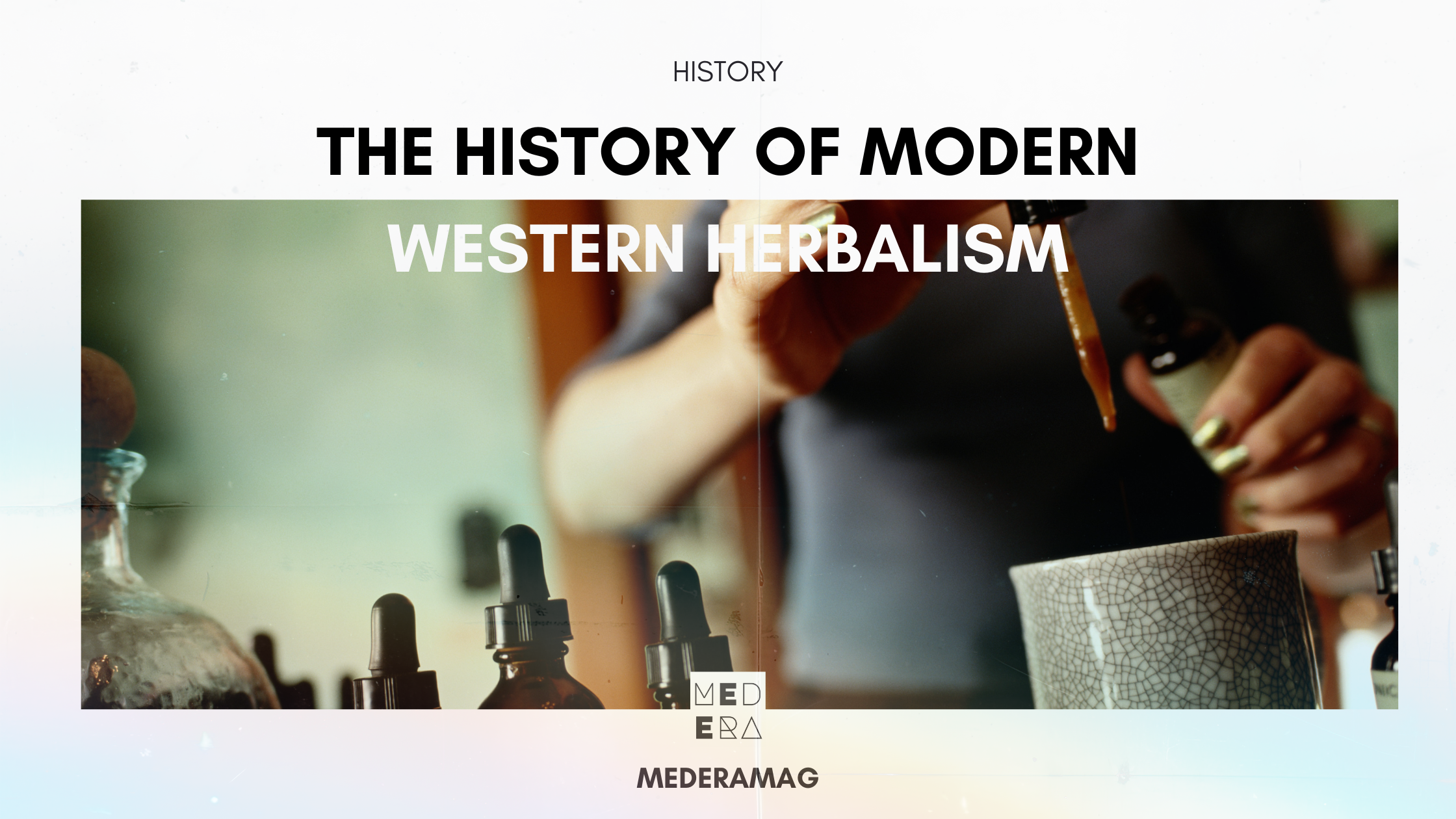
The History of Modern Western Herbalism
We often don’t realise how intertwined the development of modern medicine and Western herbalism were. They were born out of the very same philosophies and Hippocrates, also known as the Father of Western Medicine, makes it into history lectures of both medicine and herbalism degrees.
The Hippocratic oath is still taken by doctors of the modern world, and this same philosophy is what underpins western herbalism. At the same time, there’s a very definitive point where modern medicine and herbalism diverge. In any case, the fact that these two distinct forms of medicine spawned from the same seed is usually neglected by doctors and herbalists alike.
Even modern herbalists, I find, forget, or are uninterested in the traditional roots of Western herbalism. It’s more or less omitted from the university environment and is extremely understudied from a scientific perspective.
And so, the somewhat forgotten history of modern Western herbalism begins here.
What are the traditional roots of modern Western herbalism?

Modern Western herbalism essentially stems from Europe. Most of the plants that western herbalists use grow and thrive in Europe, and that’s where they were first discovered and used. The earliest Greek medicine was Hippocrates himself whose texts went into great detail about the human body, its ailments and a range of remedies and recipes.
Hippocrates (circa 400 B.C.) is at the basis of naturopathic philosophy. The phrase vis medicatrix naturae (Greek Νόσων φύσεις ἰητροί) was attributed to Hippocrates and forms the foundation upon which all natural medicine is built; nature, if left alone, will often heal itself. Hippocrates formed the four humours, which was arguably the first ever Western medical paradigm.
Medicine didn’t move out of Greece so much as it spread through the entire region. Galen, a Greek physician working in Rome compiled as much medical text as Hippocrates and expanded and grew the concept of the four humours. The concept of human wholeness pervades the four humours, and with this, Galen reconciled many of the medical doctrines at the time. Within the four humours, the many aspects of a man came together into a whole organism. All physical and emotional problems problems could be treated using this system.
Pliny the Elder and Dioscorides followed on from Hippocrates and Galen, expanding on the wealth of wisdom that they had left behind. Both Pliny and Dioscorides composed Materia medicas, volumes of work on the many different herbs and their uses. Dioscorides composed the Dioscorides de Materia Medica which consisted of over 1000 different herbs and their therapeutic uses.
Avicenna; across the Mediterranean.

Hippocrates didn’t just write about herbs from Europe; he also incorporated many Arabic herbs from across the Mediterranean. Needless to say, Greece and Rome were heavily connected with the Middle East, and it was only a matter of time before the merging of Greek and Middle Eastern medicine was to happen.
Avicenna, also known as Ibn el Sina arrived on the medical scene around the middle ages. He was a scholar of the Arabian School, one of the only sources of medical information at the time. He is the first man to have composed a comprehensive Canon of Medicine. Though Hippocrates, Pliny, Dioscorides and many others had contributed research and observation, Avicenna was the first of them to reconcile all of what had been written into a single, comprehensive doctrine.
Avicenna mapped out the entire body using the four humours, how they moved with each other, and how they came out of balance. Avicenna goes into great detail about the organs, and it’s very obvious from Avicenna’s work that medical doctors of the time understood some finer elements of human physiology such as the fact that the heart has two sides, and that blood flows in two directions.
He was composing the Canon of Medicine with two medical backgrounds; both Unani-Tibb and Greek medicine. Unani-Tibb is also called Islamic medicine, and was used strongly in the Arabic world. It’s worth noting that Avicenna was a religious man, whereas Hippocrates was not, and where Hippocrates strayed from the religious problems of man, Avicenna embraced it into the healing modality of plants.
Beyond the middle ages — from holism to reductionism.

During the middle ages and beyond, the study of plants became critical, and understanding them came alongside understanding the human body. It was during this time that we better understood growing patterns of plants and herbs, what they could be used for, and their pharmacological effects on the body.
In the 16th century, Nicolas Culpeper, arguably the most famous “modern” herbalist, composed The English Physician Enlarged, an entire materia medica for use by English physicians. If you’re imagining apothecaries graced with plants, you’re right. That’s exactly what a 16th century physician’s office looked like.
The first ever synthetic drug was created in 1869; chloral hydrate. It was a hypnotic and a sedative. You could say that this marked a divergence from the philosophy of holism to the philosophy of reductionism. You could also say that this what largely separates modern medicine from traditional herbal medicine. Where herbal medicine focuses on the whole person and uses plants with many actions, modern medicine focuses on a single issue or ailment and uses highly targeted chemicals for treatment.
That’s not to say that modern herbalism stops at holism either. The scientific investigation into herbs continues, albeit much slower than most of us herbalists would like. And contrary to some (should-be)unpopular beliefs, herbal medicine does have roots — and those roots are the very same as modern medicine!
It’s easy to forget that modern Western herbalism does have traditions, as we easily forget that Western traditions started in Europe — and Europe itself is a much older Western civilization than those in Australia or the USA, for example. Just like Ayurvedic herbalists and Chinese Medicine Practitioners get close to the traditional roots of their practise, it’s equally important for Western herbalists to get in touch with their traditional roots.



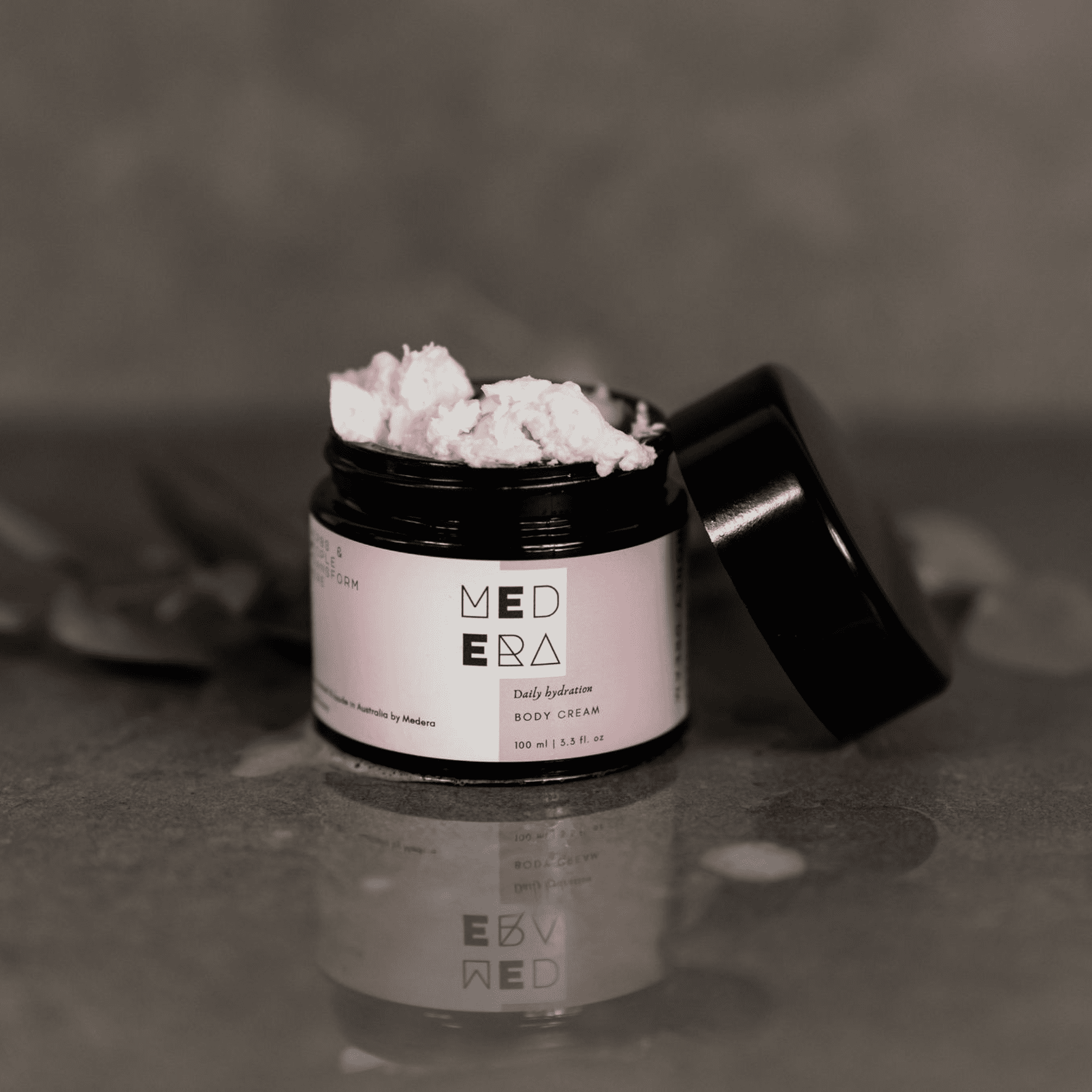
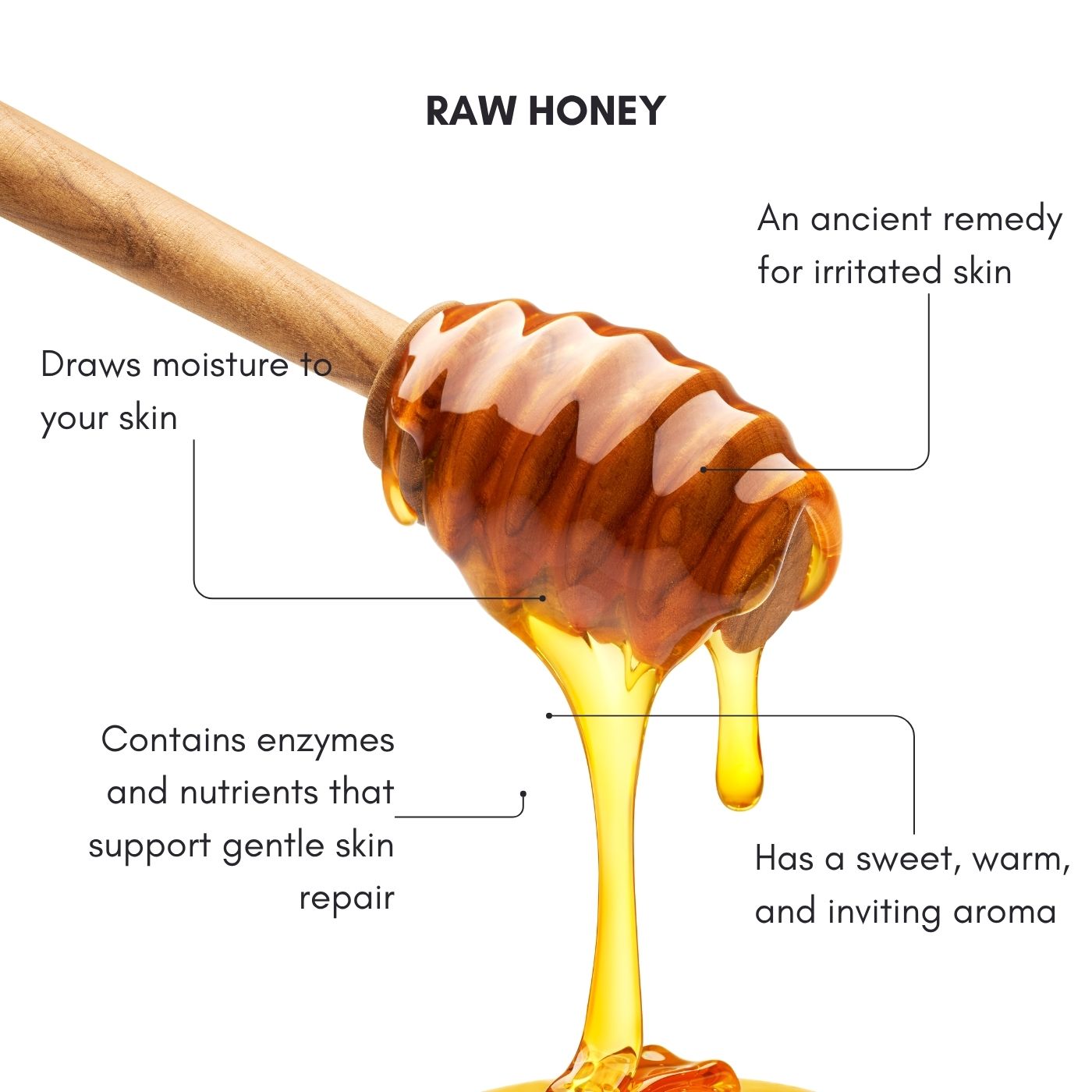
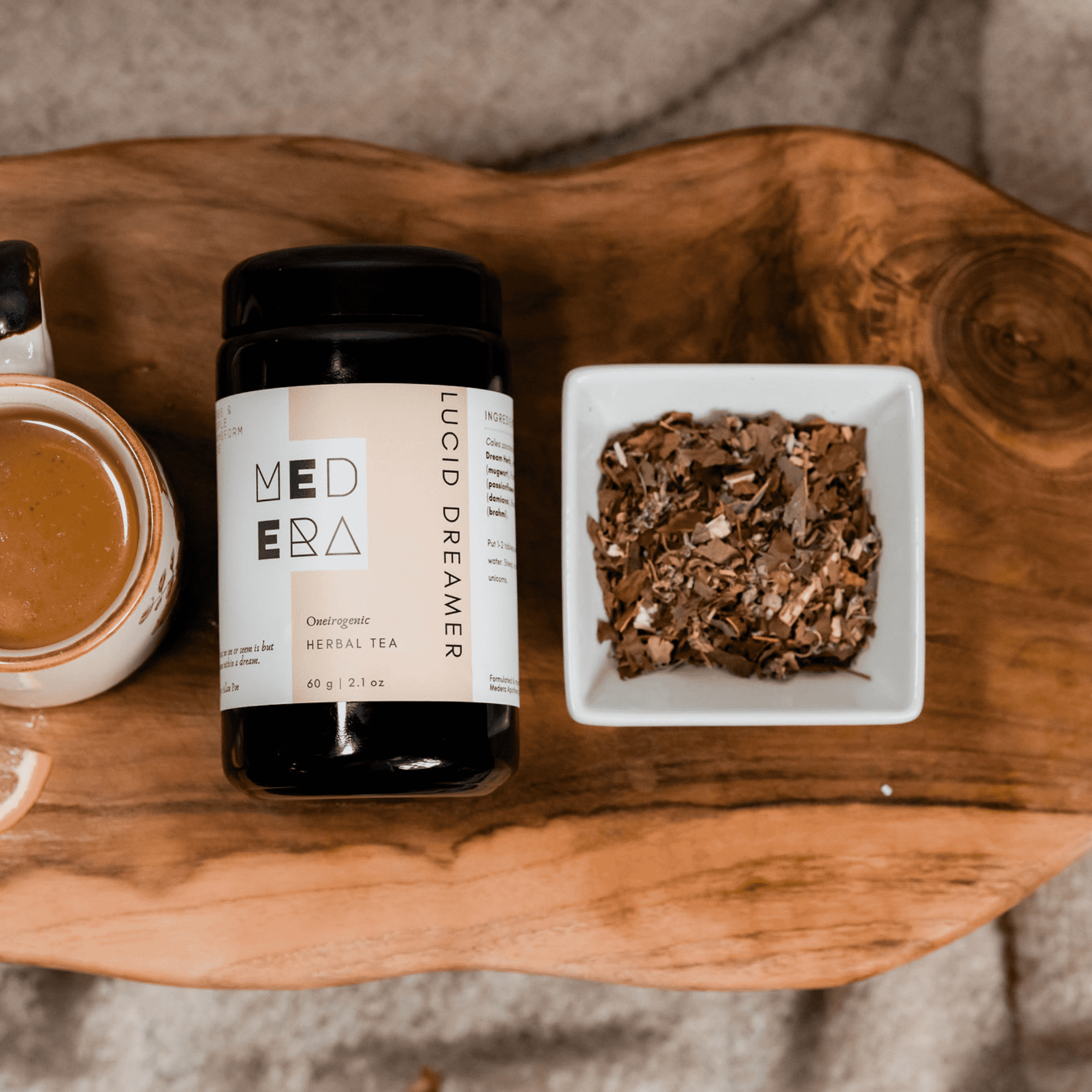

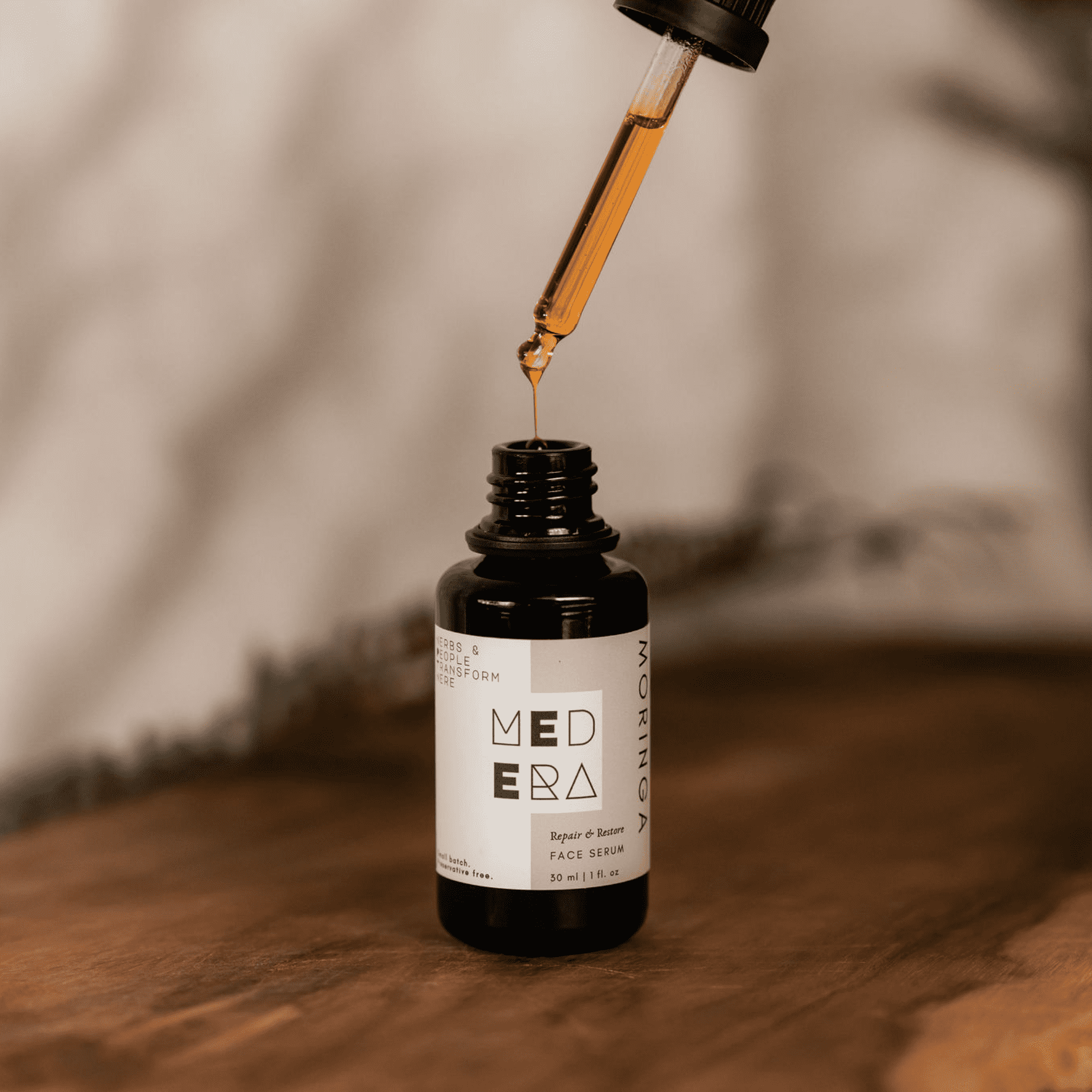


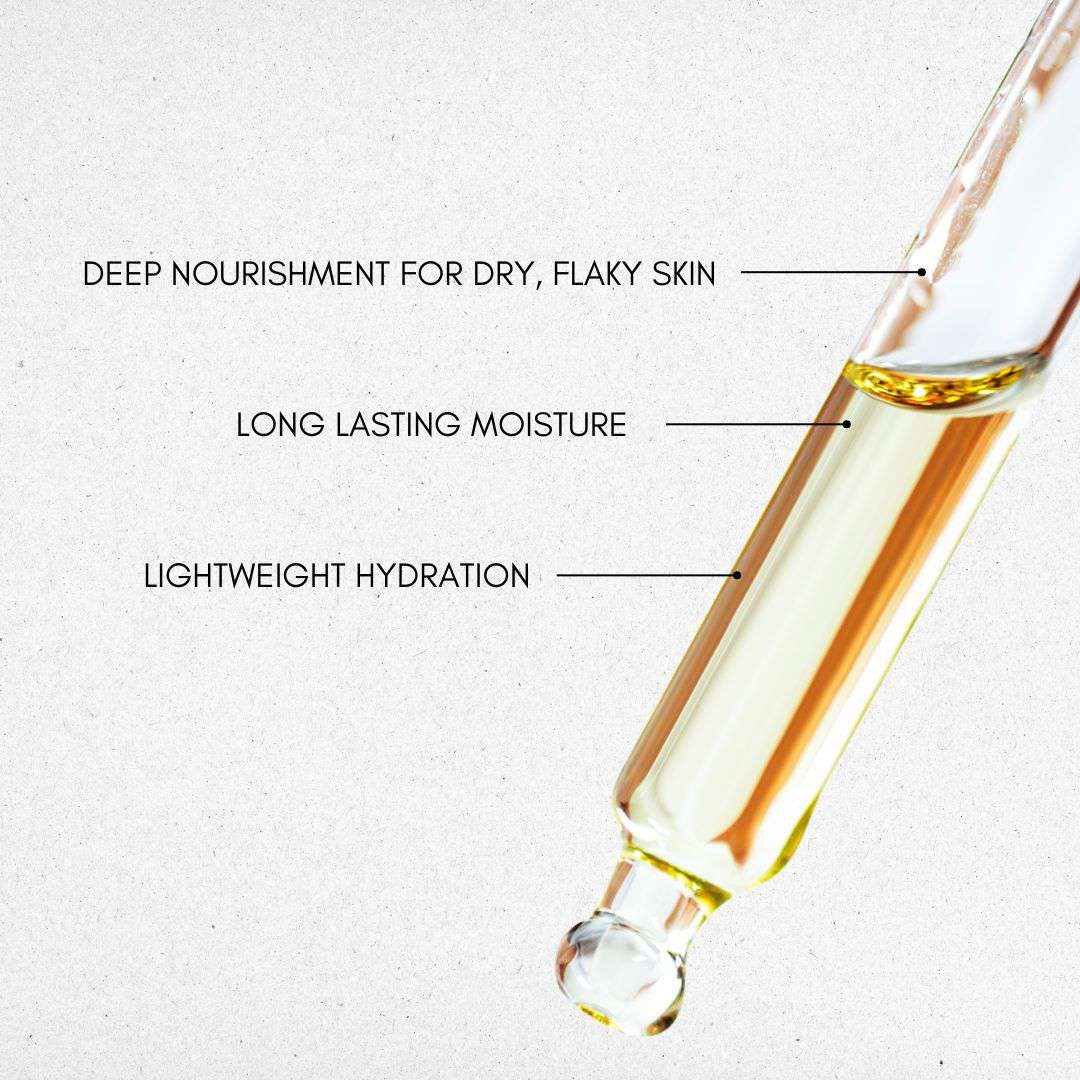


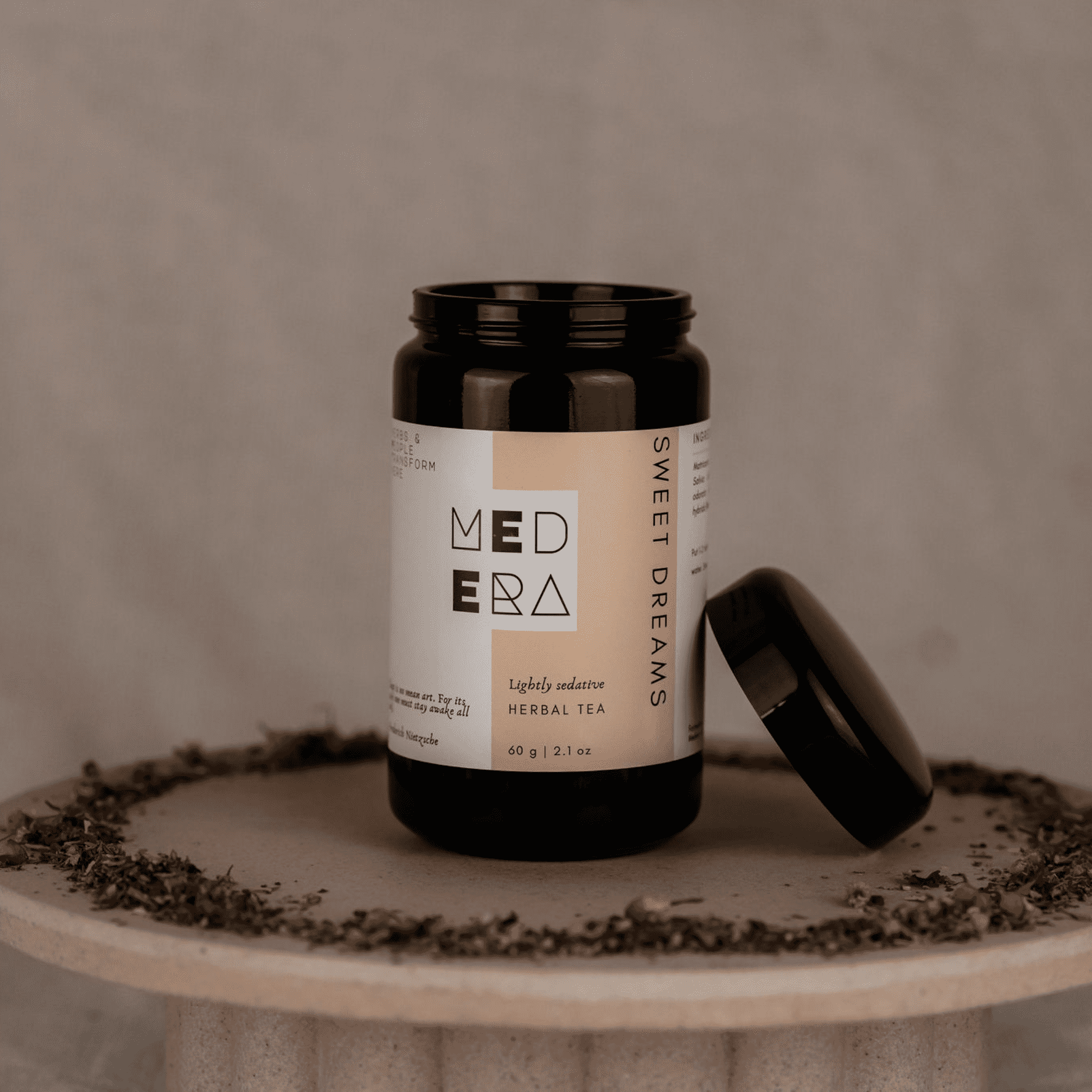
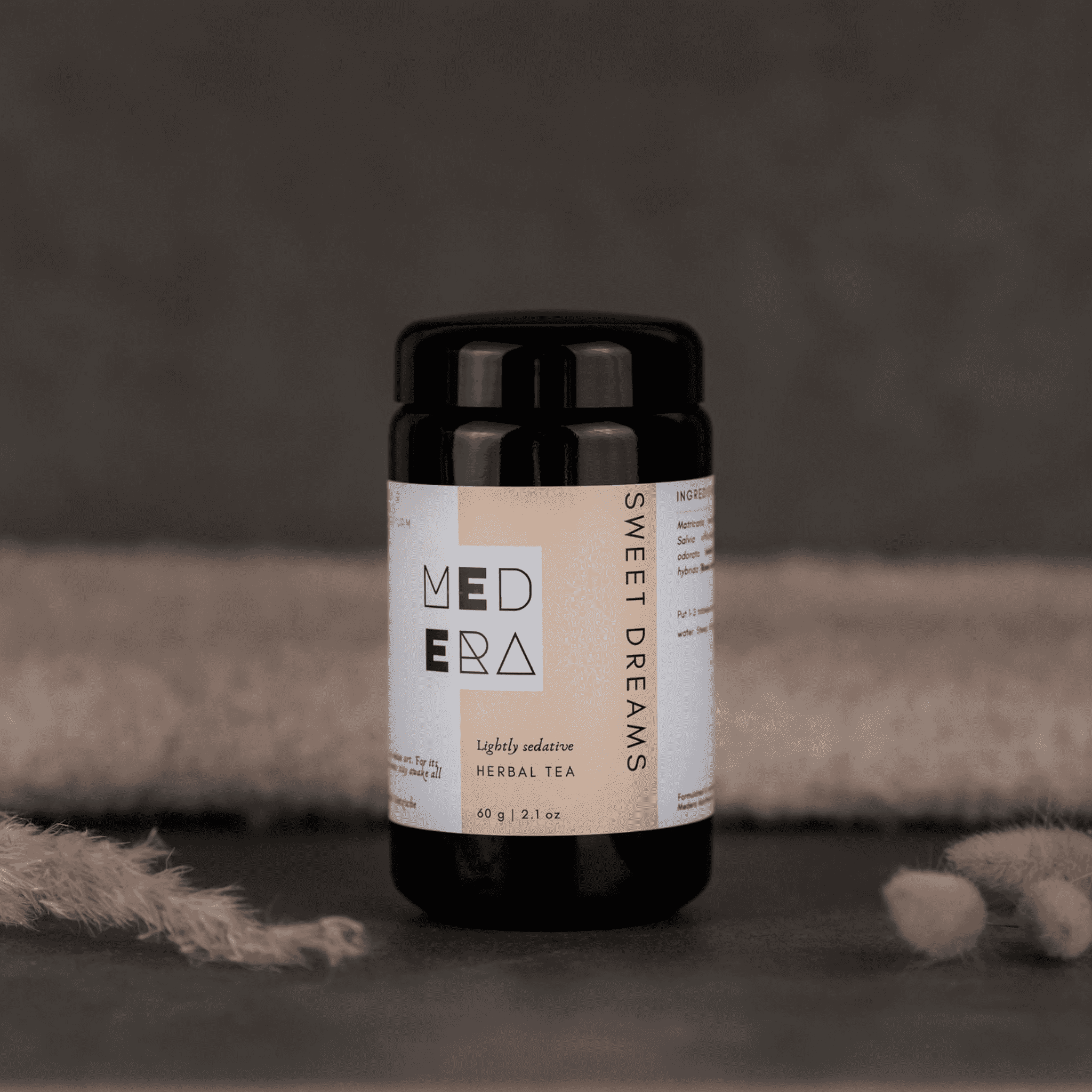
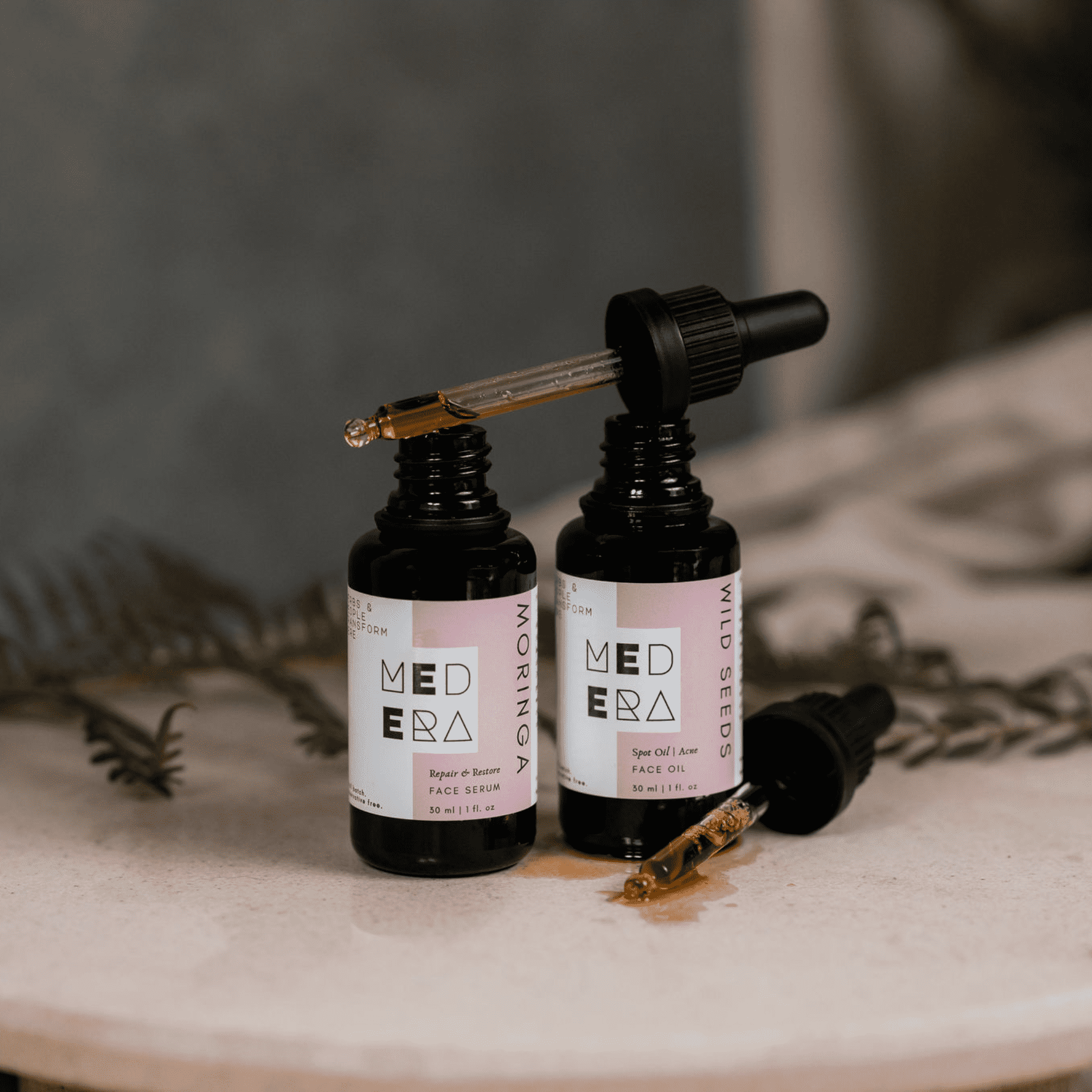

Leave a comment
This site is protected by hCaptcha and the hCaptcha Privacy Policy and Terms of Service apply.